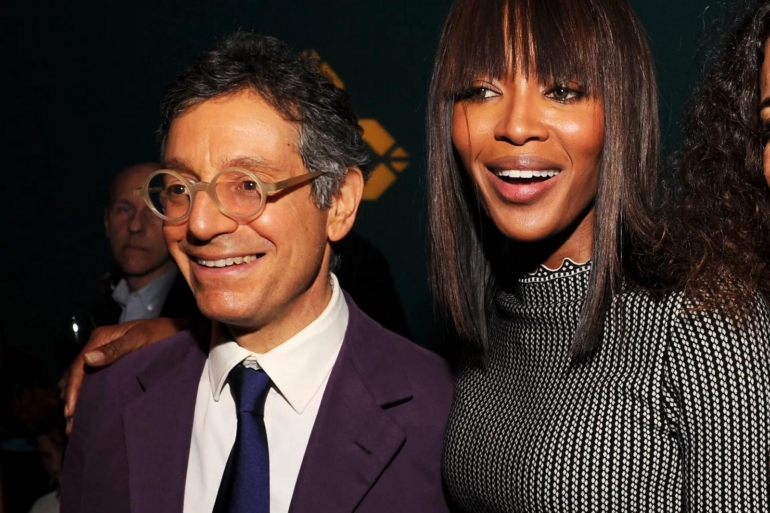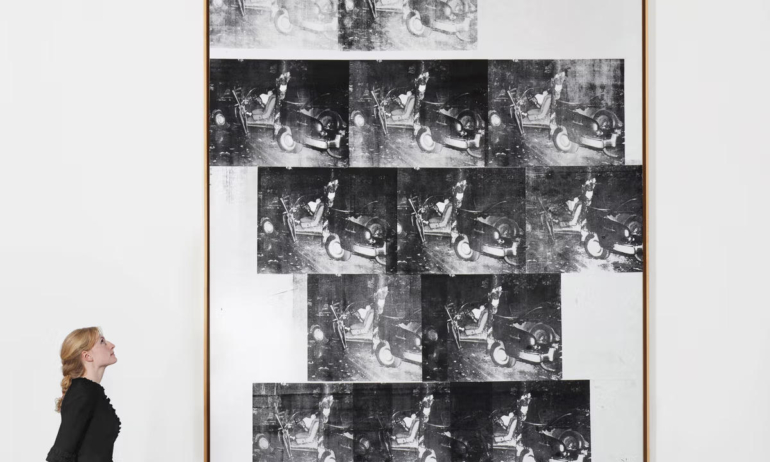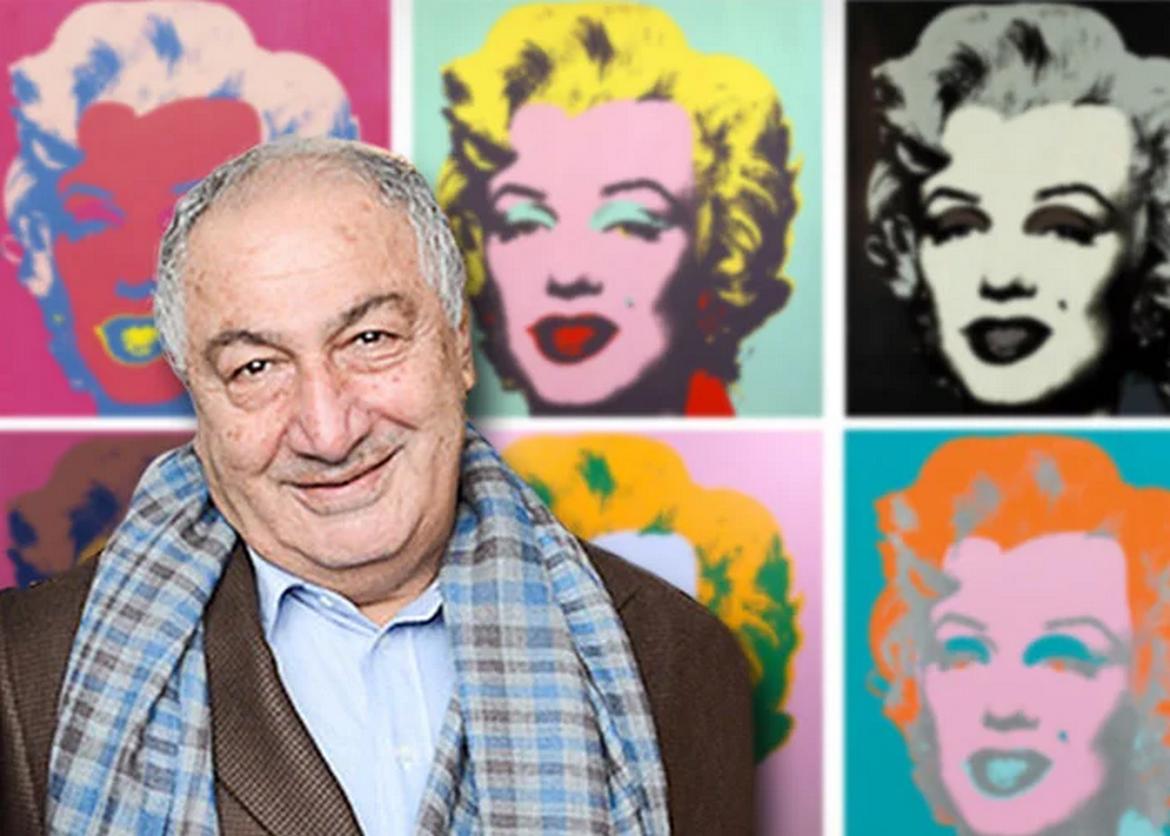Art, when executed masterfully, becomes history that lives forever, immortalizing not just itself but also the artists behind it. While art and its creators are celebrated for decades, sometimes even centuries, those who own these treasures are often overlooked. Jose Mugrabi refuses to remain in the shadows. The man who painstakingly built and now owns the world’s largest private collection of Andy Warhol’s art, assembled over 20 years, deserves recognition.

Mugrabi’s incredible collection includes 800 of the 8,000 paintings and sculptures created by the iconic American artist between 1952 and his death in 1987. This astonishing number comes close to rivaling the works held by the Andy Warhol Museum in Pittsburgh, which has around 900 paintings and 100 sculptures. So synonymous has the New York-based art collector become with Warhol’s legacy that major auction houses seldom trade a Warhol piece without Mugrabi’s involvement.

Today, the Mugrabi family, comprising Jose and his two sons, Alberto and David, has cemented itself as one of New York’s leading art-collecting dynasties, obsessively acquiring post-war art. Beyond Warhol, their collection extends to works by Damien Hirst, with over 150 pieces by the English artist already in their possession.
From textiles to treasures-
Born into a middle-class Jewish family in Israel, Jose Mugrabi emigrated to Colombia, where he joined his uncle’s textile distribution firm. He soon emulated his family’s vocation by founding Soditex, a business that imported thousands of yards of wholesale fabric. Mugrabi moved to New York in 1982, continuing his fabric trade, but his introduction to art was still years away.

It was in 1980, through Citibank’s Art Advisory Service, that Mugrabi had his first encounter with the art world. New York dealer Jeffrey Deitch spent over a year convincing him to bid on a landscape by Pierre-Auguste Renoir. Reluctantly, Mugrabi purchased Renoir’s La Vue de la Seyne for $121,000. To his surprise, the painting sparked an unexpected love for art. In his early days as a collector, Mugrabi relied on Jacob Baal-Teshuva, a freelance curator who befriended and guided him.

An art empire worth millions-
Although Mugrabi never set foot in college, his instinct for business and the business of art has made him a giant in the art world. While the precise value of his Warhol collection remains a mystery, it is undoubtedly astronomical. Warhol’s works have seen remarkable appreciation, with a piece that sold for $66,000 in 1988 fetching $442,000 at auction in 2006. Today, even average Warhol works often sell for over $1 million, and a silkscreen of a car crash fetched $105 million in 2013.

Considering these numbers, Mugrabi’s Warhol holdings could easily exceed a billion dollars. To put this into perspective, when the family teamed up with Christie’s to orchestrate one of the largest private art sales ever, they offered 15 top-tier Warhols to the governments of Abu Dhabi and Dubai for $500 million. Despite the lack of buyers, the sale would have represented just a fraction of their collection, leaving the family with at least 785 works.
Where art sleeps-
Owning an extensive art collection is impressive, but storing it is a challenge. Even if the Mugrabi family turned their homes, offices, and vacation properties into galleries, they would still need space for their trove. Currently, their Warhol stash is stored in two heavily secured facilities, one in Zurich and another near Newark, New Jersey, per The Wall Street Journal. The latter is a 13,000-square-foot storage space lined floor to ceiling with metal racks, each holding rows of canvases.
Why Warhol?
While Mugrabi’s collection of Andy Warhol pieces is now iconic, his journey with the artist began modestly. He purchased his first Warhol works at an art fair in Basel, Switzerland, just four months after the artist’s death. Back then, his motivation was likely more financial than artistic. Mugrabi paid $37,000 apiece for a series of four paintings inspired by Da Vinci’s The Last Supper series and sold them a year later for $103,350, achieving a staggering 179% return on his investment. Similarly, he bought Warhol’s 1962 orange “Marilyn Monroe (Twenty Times)” for $3.96 million, more than double its presale estimate. Initially regretting the decision, he later declined offers surpassing $100 million for the artwork.
Unsurprisingly, the stocky businessman, often seen in blue jeans, a black T-shirt, and a baseball cap, shifted his focus from Impressionist art to Warhol’s Pop Art. “Every empire has its influences, and I realized Andy was the authentic American,” Mugrabi says. “Five hundred years from now, people will see his art and instantly recognize American culture. He was the only artist who absorbed it all.”
Mugrabi transformed himself into a man of art and an advocate for it, extending far beyond being a one-artist collector with landmark acquisitions of works by Jean-Michel Basquiat.




